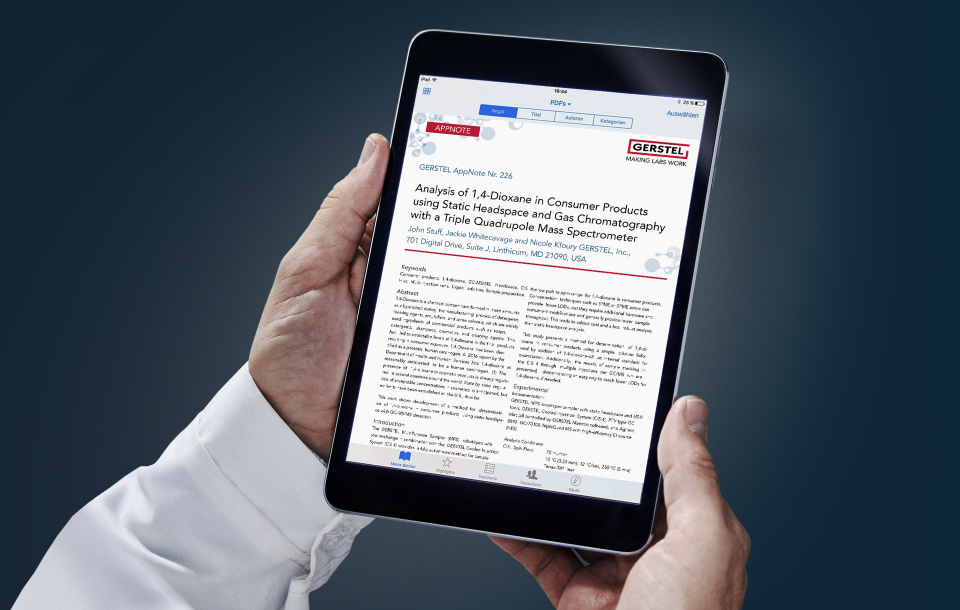MCPD and Glycidol and especially their fatty acid esters are process contaminants that are formed, for
example, when edible oils and fats are refi ned.
In this AppNote, a fully automated solution for the determination of 3-monochloropropanediol (3-MCPD) and glycidol in edible oils based on the AOCS Cd 29a-13 and ISO 18363-3 methods is described. The methods and the presented solution can be applied to the determination of 2-monochloropropanediol (2-MCPD).
In the first step the glycidyl esters react with acidifi ed sodium bromide to form the corresponding 3-monobromopropanediol (3-MBPD) esters. Subsequently 3-MBPD, 2-MCPD and 3-MCPD esters undergo acidic transesterification to their respective free forms. Following a derivatization step, the derivatives of these compounds are determined individually by GC/MS. The fully automated method is applied to refined bleached deodorized palm oil samples to determine the concentration levels of these contaminants. Results obtained using the system are presented demonstrating good correlation with the equivalent manual reference method results. The statistical t-test shows that there is no signifi cant diff erence.
Automated sample preparation simplifies the analysis of oils and fats for 3-MCPD, 2-MCPD and glycidol while also minimizing the risk of exposure of laboratory personnel to potentially toxic solvents and chemicals. The overall analysis time is shortened leading to improved sample throughput.
